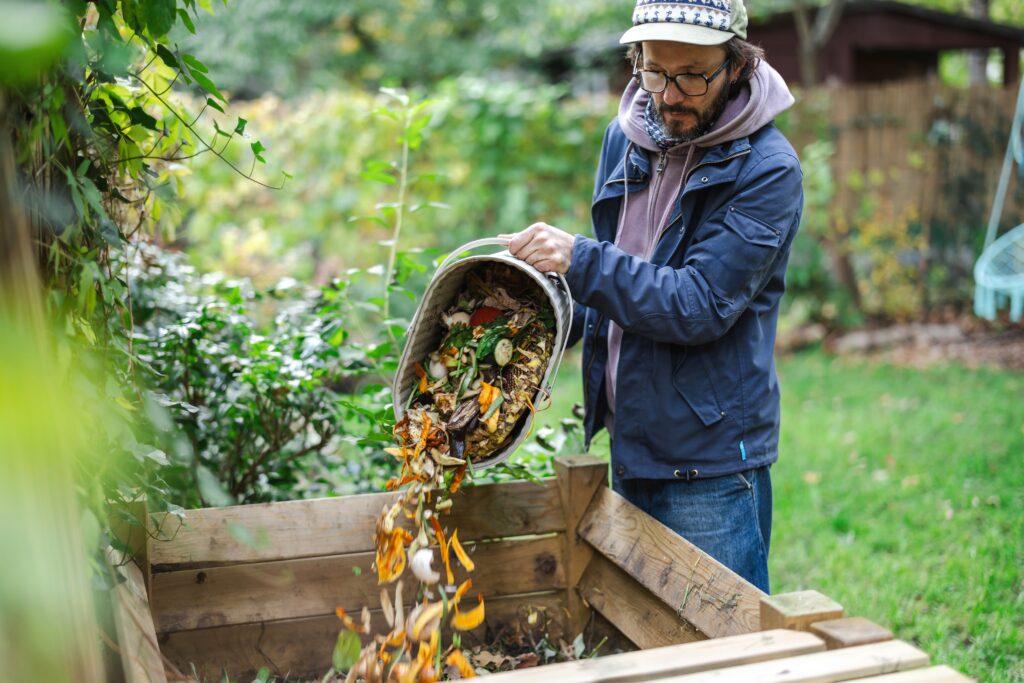
Composting is an easy and natural way to benefit your garden, home, and the planet. By turning food scraps, garden clippings, and other organic waste into nutrient-rich compost, you can cut down on household trash and give your soil a healthy boost. It’s a simple habit that reduces landfill waste and helps the environment along the way!
Why is compost good for the garden?
For gardeners, compost is often called “black gold” because of its power to enrich soil. It improves soil structure, boosts moisture retention, and encourages healthy root development, reducing the need for chemical fertilizers. Compost also fosters beneficial microbial activity, which helps plants grow stronger and resist pests and diseases more naturally.
What is the purpose of a compost pile?
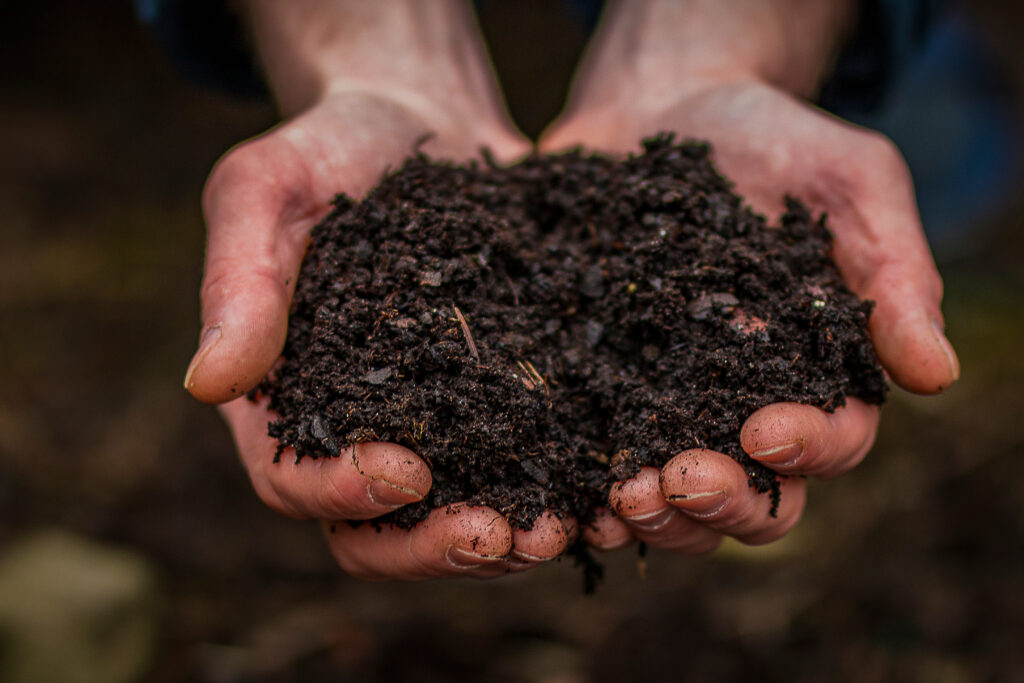
A compost pile’s primary purpose is to break down organic waste materials like food scraps and yard trimmings into a nutrient-rich soil amendment called compost. This process reduces the reliance on synthetic fertilizers and pesticides, improves soil health, and helps recycle waste.
Perhaps one of the most rewarding aspects of composting is the sense of stewardship it fosters. Watching waste transform into something life-giving connects us more deeply to the cycles of nature and encourages more mindful living with less waste.
How do you start a compost pile or bin?
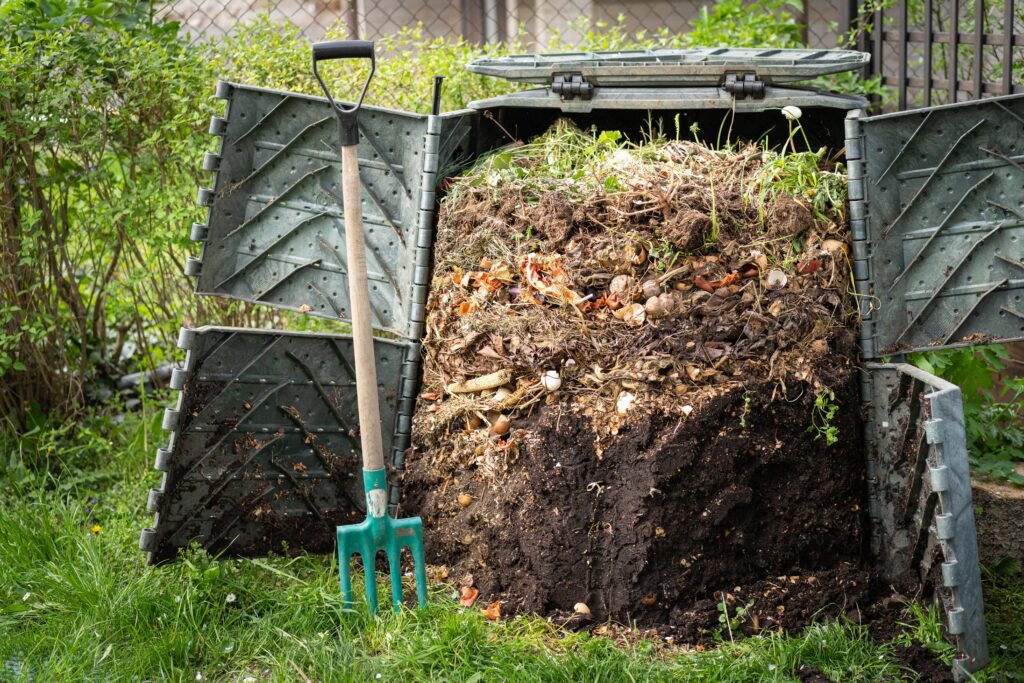
Whether you start a compost pile in your yard or you purchase a compost bin, you start it the same way. Start with a layer of brown leaves, followed by the same sized layer of grass clippings, up to eight inches thick. Do not add weeds. Then top with your saved-up vegetable scraps, more information on this is described below. Sprinkle on a couple of handfuls of alfalfa meal, and finish with a layer of potting soil and a dose of compost activator that you can purchase at your local garden or hardware store. Then repeat the process if you have more material and there is enough room. Make sure you “turn” the pile daily – forking your pile or tumbling it, which introduces oxygen and “cooks” raw materials faster.
On a day to day basis, how does it work?
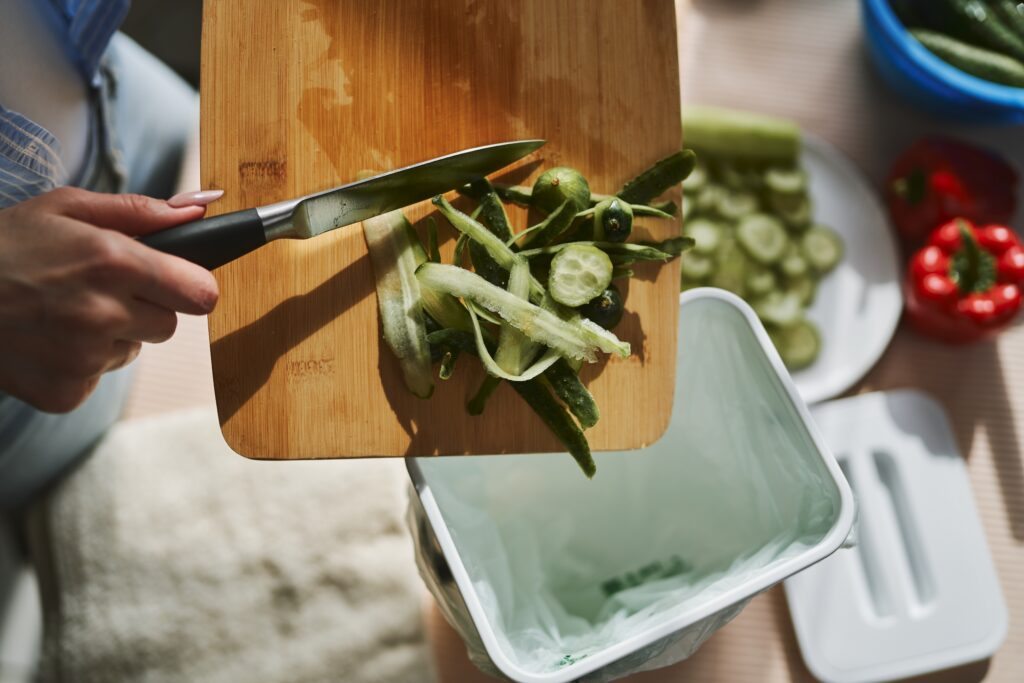
I have a bowl permanently stationed on my kitchen counter, next to the sink. All fresh waste goes into it—egg shells, melon rinds, apple cores, potato peels, carrot tops, you get the idea. I never include meat, cheese, bones, oils and anything with oil on it. Basically, any fresh vegetable scraps and even decomposed vegetables that have been forgotten in the back of the fridge get put in there, too. If needed, chop this fresh waste into smaller pieces. Doing so will help the materials in the pile break down faster. Sometime each day, I empty the bowl into our compost tumbler, which is right outside my kitchen. (It is important to keep it close or you simply will not use it. It’s funny how just a few extra steps can cause a road block in our minds, so be sure to keep your bin as close as possible.) I give the tumbler a few spins to mix up the ingredients and introduce the oxygen that bacteria need to break down those ingredients. And that’s it! Compost breaks down faster in hot weather, so depending on the time of year, you could have fresh compost in as little as a month.
Once you take a look at your first batch of compost, you will see what didn’t break down so easily. Twigs, pistachio shells, pits and corn cobs may still be recognized among your new beautifully dark soil. You will learn what needs to be chopped up to help facilitate decomposition, and what should probably be left out altogether
Does compost stink?
No, it shouldn’t if it’s done correctly. Compost doesn’t stink when it’s balanced properly because the materials break down aerobically—that is, with plenty of oxygen—which prevents the growth of odor-causing bacteria. A good mix of “greens” (like food scraps and grass clippings) and “browns” (like dry leaves or cardboard) ensures moisture levels stay just right and decomposition stays on track. When managed well, compost smells earthy and clean, not rotten or sour.
If it does smell, it usually means that the compost has become anaerobic, meaning without oxygen. Usually this happens when your wet materials outweigh your dried. Solution? Add brown material like dry leaves until the moisture balance is returned. Maintain the proper ratio of materials in your pile: two to three parts carbon-rich material (browns) to one part nitrogen-rich material (greens).
If you are regularly adding to the compost pile, when is compost ever ready to use?
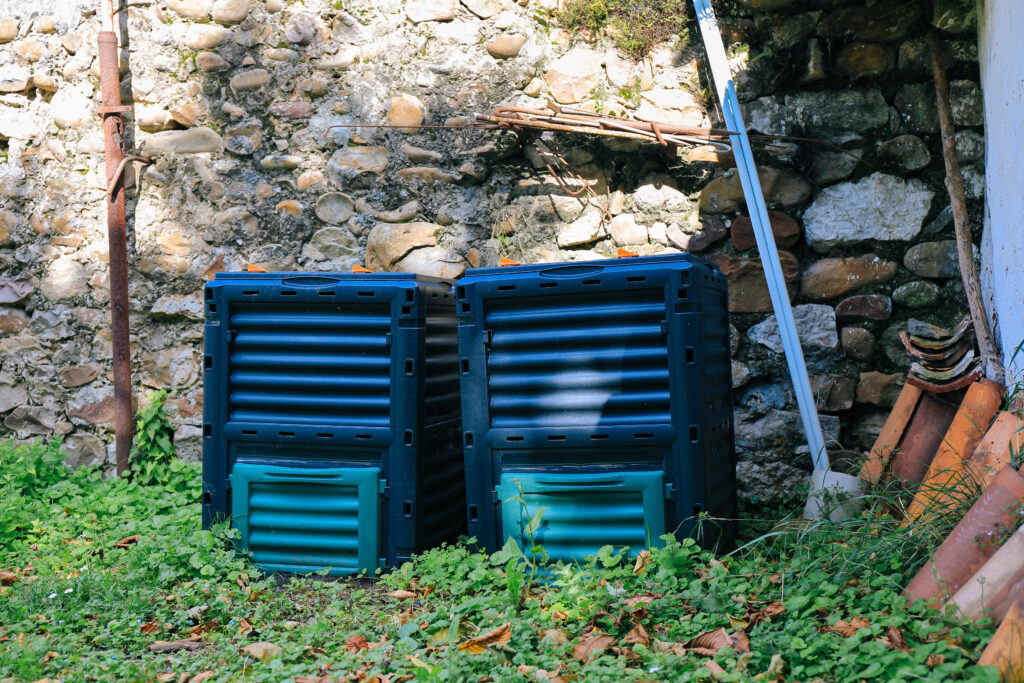
After years of composting, I have learned that the most effective method is to actually have TWO compost piles, or tumblers.
Since you are constantly building and adding to a compost pile (with garden clippings and kitchen scraps) it’s smart to actually have at least two! One is your “ready bin” that is full of dark, sweet, crumbly soil, ready to use. The other is your “working bin” that you are continuing to add to. One is always further along in its decomposition than the other. This way, you’ll have more ready compost on hand when you need it. As the material in your working bin breaks down and diminishes, add more of the same – dry and green leaves, alfalfa meal, kitchen scraps, potting soil and more compost activator. The ratio doesn’t have to be perfect. Leave your other bin to “cook”, turning it over every few days. Soon, this will become your “ready bin” and you can empty its contents into your garden. Now you can start new, and your other “working bin” can be left to cook and will soon be your “ready bin”.
Isn’t there a way to compost with worms? Can’t I compost meat and dairy products?
Yes and Yes! Here are two more ways to compost, each very different from each other!
Vermicomposting is the process of using worms, typically red wigglers, to break down food scraps into nutrient-rich compost. Set up a ventilated bin with drainage holes, and line the bottom with a thin layer of soil to help with drainage and aeration. Then, fill halfway with bedding such as moistened, shredded newspaper or moistened coconut coir. Add fruit and vegetable scraps, eggshells, coffee grounds, and tea bags—avoiding meat, dairy, and oily foods. Bury the scraps under the bedding to prevent odors and mold. Introduce your red wigglers, purchased at your local hardware store, or online. Maintain moderate moisture and keep the bin in a cool, shaded area between 55°F and 75°F. Be sure to catch the compost “tea” that drips out the bottom drainage holes. This nutrient-rich liquid can be used as a plant fertilizer. Continue to add kitchen scraps and in a few months, the worms will produce dark, crumbly castings. Harvest and use this organic fertilizer to enrich garden soil and boost plant growth naturally.
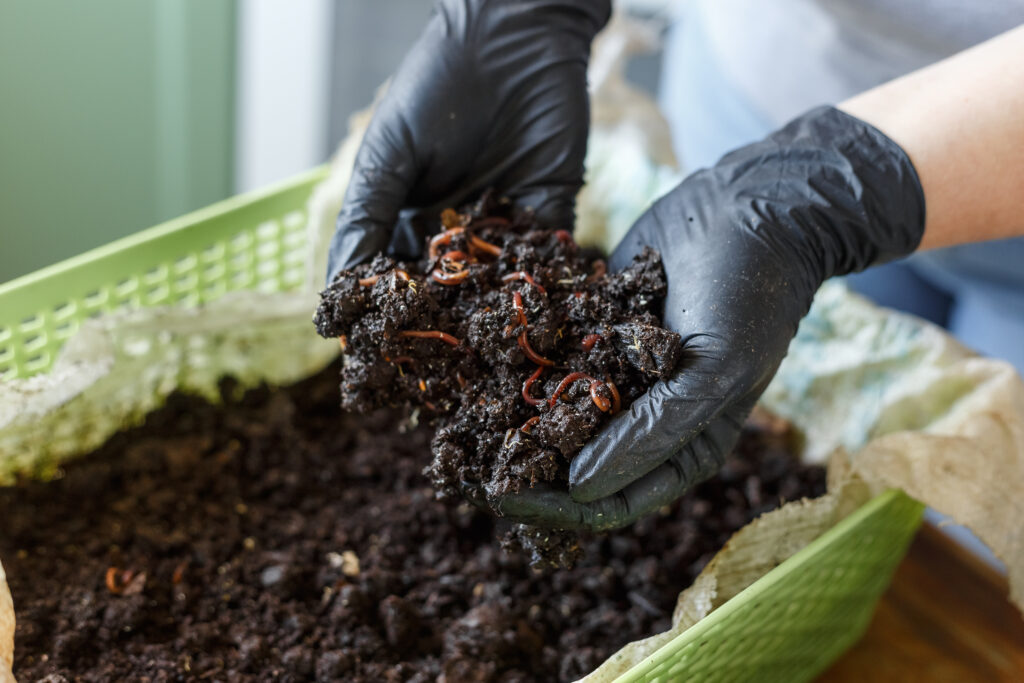
Yet another composting technique is called Bokashi. Bokashi composting is an anaerobic method that ferments food waste using beneficial microbes. To start, place food scraps typically not included in traditional composting methods including meat, dairy, processed food and snacks, and cooked leftovers into a sealed Bokashi bucket. After each layer of scraps, sprinkle Bokashi bran, which contains effective microorganisms. Keep the lid tightly closed to maintain low-oxygen conditions. Every few days, drain the liquid “Bokashi tea” and dilute it for use as fertilizer or, because it contains bacteria that can break down organic matter, it can actually be used to help clean and maintain drains and septic systems. After the bucket is full, let it ferment for about two weeks. The contents won’t be fully decomposed but can be buried in soil, where it breaks down quickly and enriches the earth.
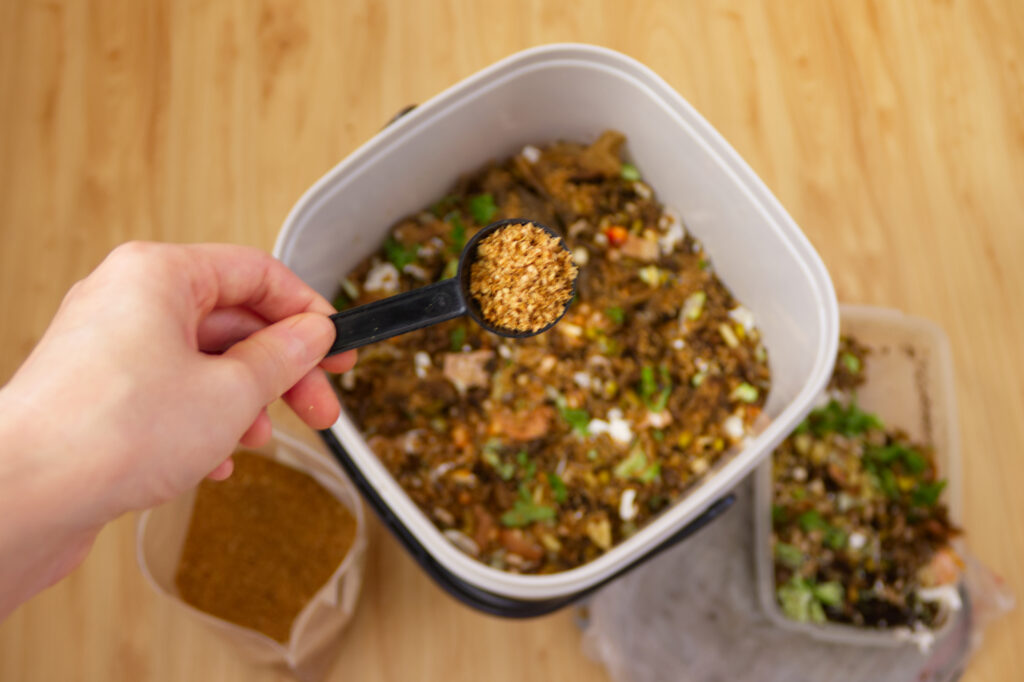
Composting is a simple, earth-friendly habit that anyone can do. It reduces the need to buy chemical fertilizers by creating rich, natural soil nutrients at home. All composting methods come with their own benefits and setbacks, and which is best really depends on what your home garden and sustainability goals are. Over time, it helps your garden thrive while saving you money and reducing waste.
Discover More Garden Projects
-
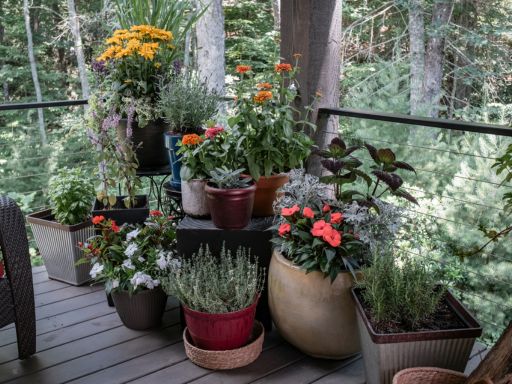
How to Create a Beautiful Container Garden on Your Deck Without the Mess
With a bit of planning and a few clever tricks, you can design a container garden that’s not only lush and thriving, but also tidy, low-maintenance, and kind to your deck.
-
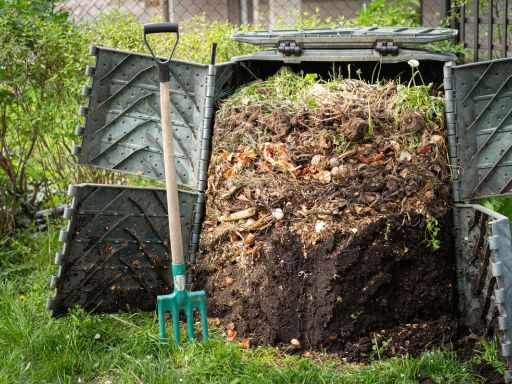
How to Compost at Home
Curious about turning food scraps into rich, healthy soil? Learn how to start composting and explore different methods to find the one that fits your space, schedule, and sustainability goals.
-
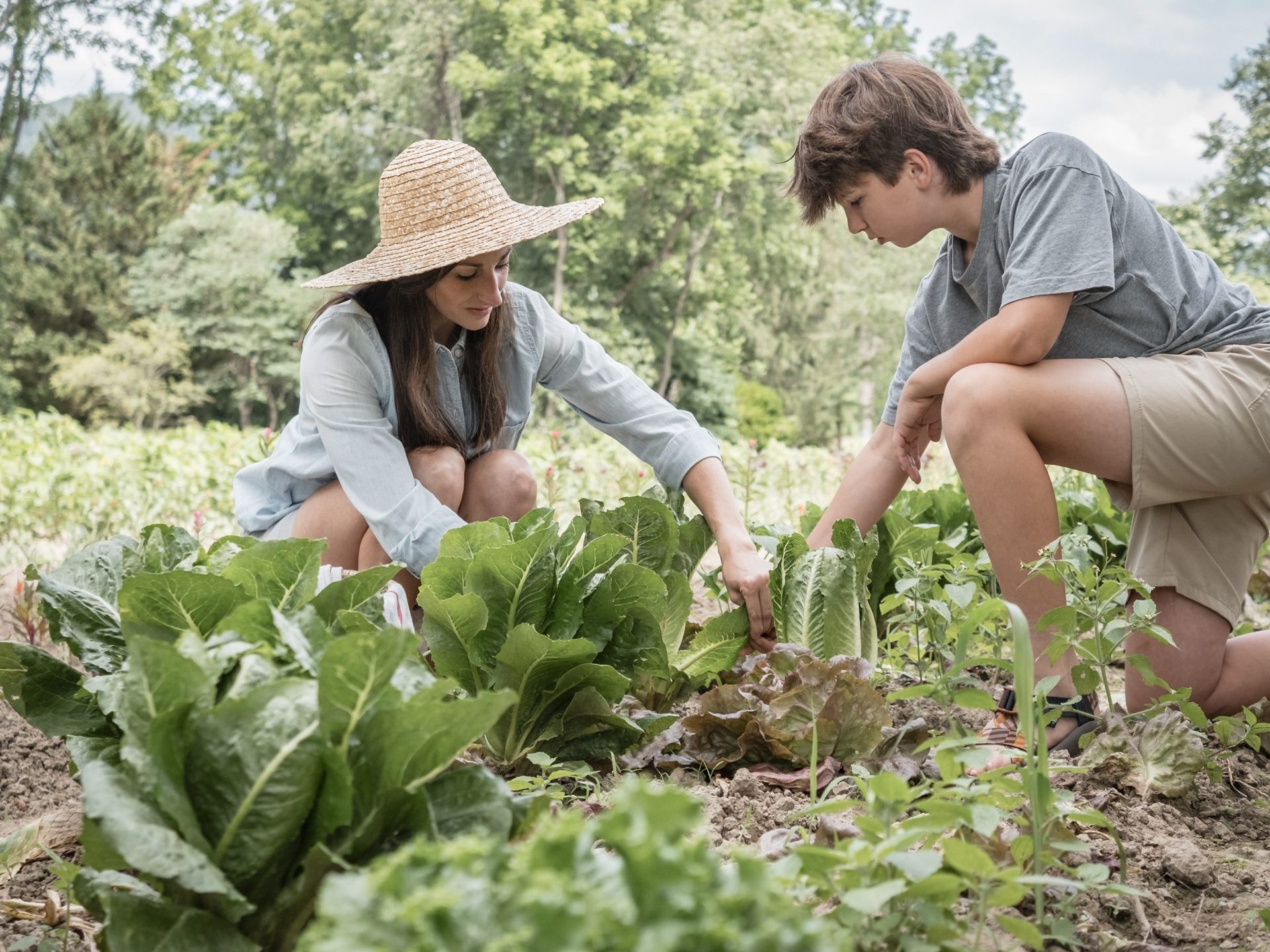
Top 5 Summer Gardening Projects
This summer garden checklist can help you focus your efforts where it matters most.
-
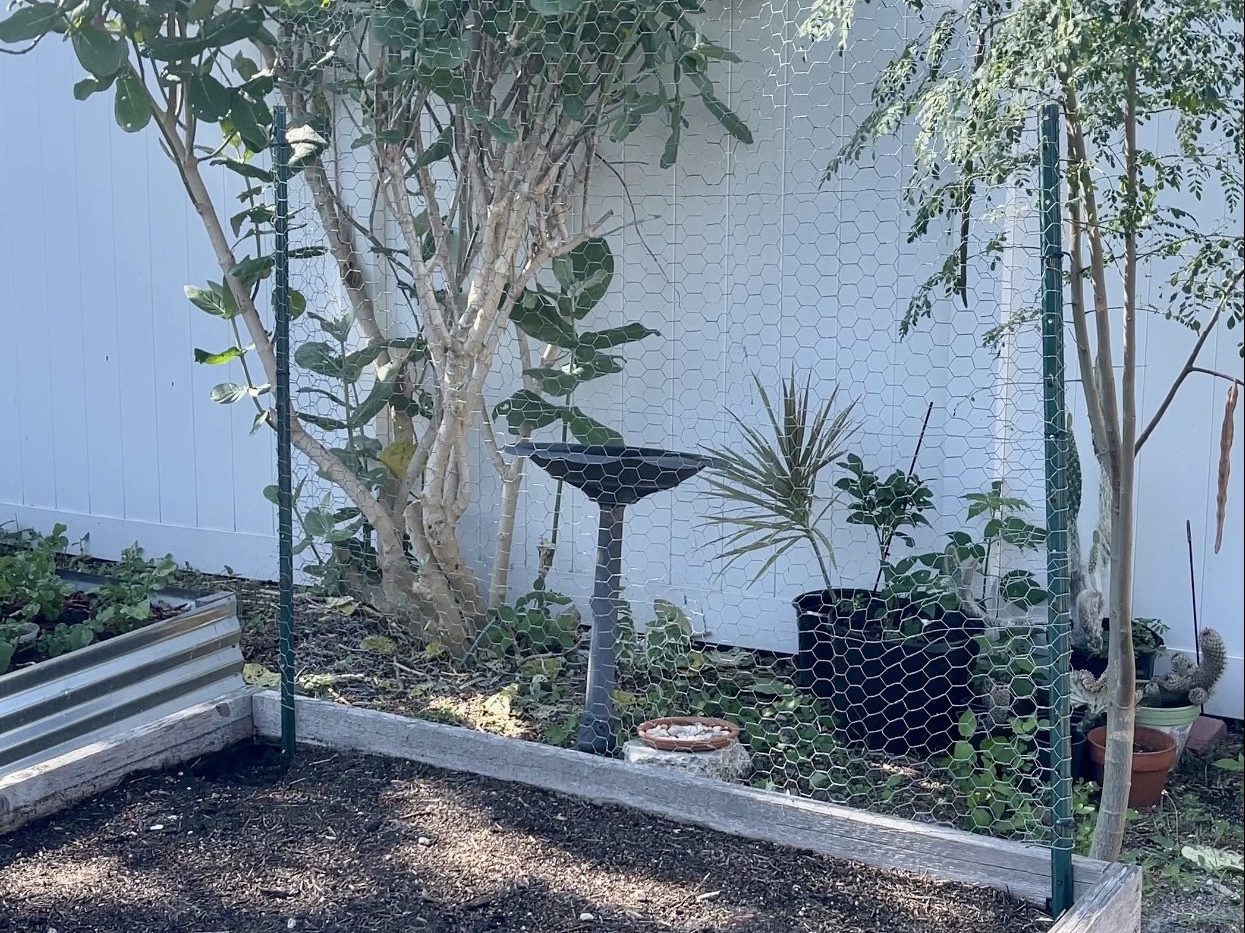
DIY Garden Trellis – So Easy!
One of the easiest and rewarding gardening projects that anyone can create is a trellis.